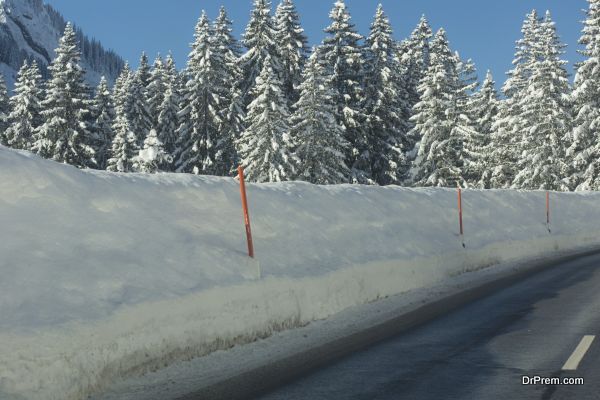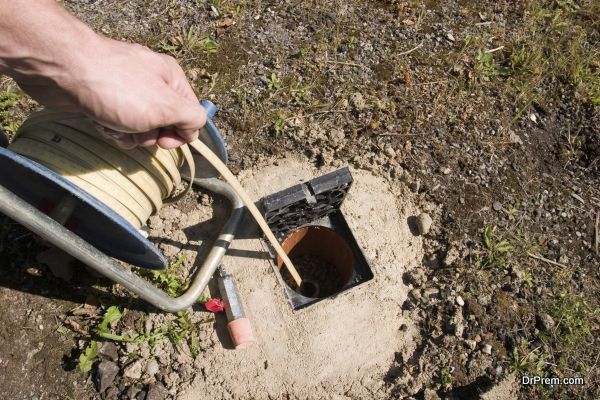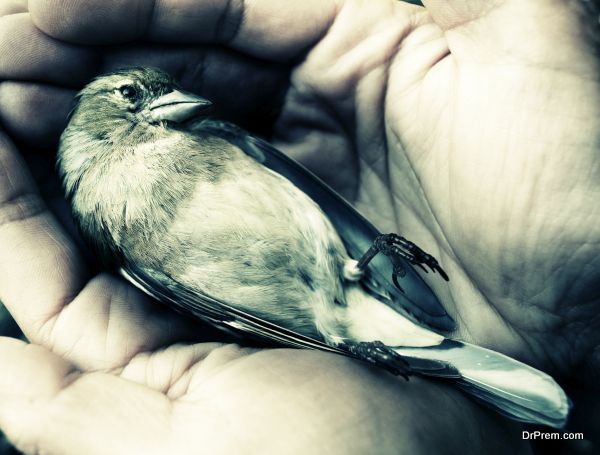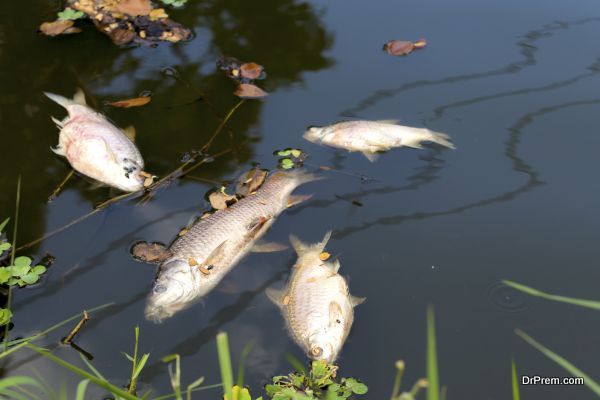Sprinkling road salt is an effective formula to lower the ice’s melting point on the roads, so that the road soon gets clear and becomes suitable for traffic. As much as road salt is beneficial for drivers, it does have negative effects on the environment.
How is Road Salt harmful for the environment?

The road salt does its work of melting ice but does not evaporate or vanish after that, rather it goes into the streams and ponds with the melted water or the vehicle tires take it to distant places, and wind takes it to nearby areas of vegetation. Once salt comes in contact with the roadside vegetation, it dehydrates and damages the shrubs, grass, and other roadside vegetation by hampering their root growth. Salt causes foliage damage due to dehydration and it also damages aquatic plants. When ice melts, it takes salt also to the surface water and pollutes it.
Impact of road salt on the environment

Let us see in detail how road salt affects environment:
The groundwater

The road salt melts ice and after that, it seeps into groundwater. When that salt stays for long in the underground water, it contaminates that water making it unfit for vegetation, for human consumption, and for animals as well. The water in wells and in tube wells go waste owing to the road salt contamination.
Animals and birds

Salt toxicity is so bad for animals and birds that many of them die because of it. Salt crystals look like grit and birds mistakenly eat them and suffer from salt toxicity. Animals that drink water having high concentration of salt die, and pets that you take out for a walk in winters are at great risk. Road salt lying on the sidewalks and roads harm dogs, as it irritates their paws that leads to big cracks in their paws. If they lick the salt, it causes inflammation in their mouth and their digestive tract.
Wildlife

The salt crystals lying on road attract wildlife like deer and moose on roads. When they come on roads to ingest those crystals they are at risk of accidents with vehicles. Moreover, when they drink melted ice water, they suffer from salt toxicity and some of them even die because of that. Most wildlife species are salt sensitive, so when they ingest road salt, it is a direct threat to the survival of such species. Damage to vegetation also has a detrimental impact on wildlife, as it destroys wildlife habitat.
Aquatic Life

Salt in rivers and ponds settles down at bottom and takes away nutrients from aquatic plants and animals, thus, making their survival hard. Excess of concentration of salt in water reduces growth of aquatic plants, and interferes with their reproductive activities.
Human beings cannot stop or control snow, but they can certainly control the de-icing practice of laying road salt. Application of road salt cannot be stopped unless some new effective alternative comes up but a calculated application of it can serve two purposes altogether, i.e. de-icing and conservation of environment. Salt is the most cost-effective and an efficient de-icing solution as of now, probably this is why it is used worldwide. The best solution that can reduce the harmful impact of road salt on the environment is to use it in accordance with the environmental situation at the site.
Road salt pollution is a major issue, as researches are showing its dangers for the surroundings, especially for the freshwater aquatic organisms who suffer because of the road salt that flows into water bodies with the melting ice.




